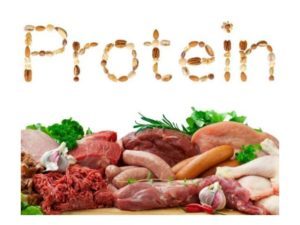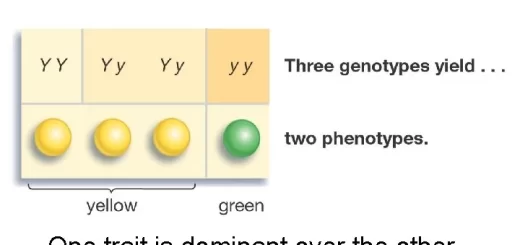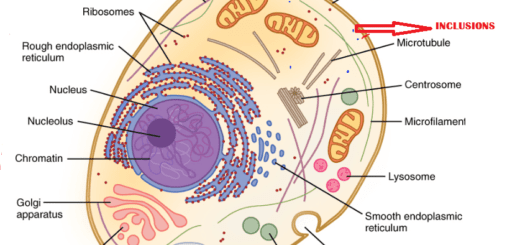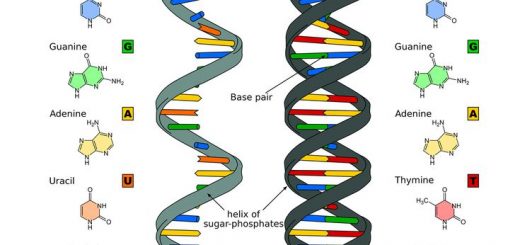Importance and Chemical structure of living organism’s bodies (Proteins)
Proteins
They are biological macromolecules ( polymers ) made up of many smaller molecules ( monomers ) called amino acids , Proteins have high molecular weight and they made up of structural units which are amino acids .
Amino acids
Amino acids are organic compounds made up of ( H , O , C , N ) atoms and they represent the proteins building units, Amino acid is the building ( structural ) unit of the protein , It consists of a carbon atom attached to :
- Two functional groups , which are a basic amino group ( NH2 ) and an acidic carboxyl group ( COOH ) .
- A terminal group ( R ) , which differs from an amino acid to another .
- Hydrogen atom ( H ) .
Amino acid and building of protein
Proteins are made up of repeated units of amino acids which link with each other by peptide bonds, The peptide bonds originates between the carboxyl group of an amino acid and an amino group of another amino acid , with the removal of water molecule ( OH– group from the carboxyl group of an amino acid and H+ ion from its neighbour amino acid ) .
The combination of two amino acids produces a dipeptide compound , The combination of several amino acids produces a polypeptide chain ( the protein ) .
It is not conditional for the combination to occur among similar amino acids , So , there are extensively wide and various possibilities to form proteins depending on the types of amino acids in the chain , The order of amino acids in the chain and the number of amino acids in the chain.
Amino acid → Dipeptide compound → Polypeptide chain ( protein )
Amino acid → Monomer → 2 linked amino acids → Polymer ( 20 linked amino acids )
Glycine is the lonely amino acid that does not contain group ( R ) where it is replaced by a hydrogen atom.
Classification of proteins
Proteins are classified according to the substance involved in their structure into Simple proteins and conjugated proteins .
Simple proteins
They are formed of amino acids only such as Albumin protein which presents in the leaves and roots of plants and the human blood plasma .
Albumin protein prevents the leakage of fluids from the blood vessels into the tissues , So, it maintains osmotic pressure inside the cells , Therefore, its lack in the body leads to occurrence of disorder in osmotic pressure of the cell and makes the body keeps large amounts of fluids that cause a swelling especially in the feet and face .
Conjugated proteins
They are made up of amino acids associated with other elements such as phosphorus , iodine , iron and others .
Examples
- Amino acids + Nucleic acids, Nucleic protein associated with nucleic acid as (chromatin inside the nucleus).
- Amino acids + Phosphorus , Phosphoprotein as casein ( milk protein ) that contains phosphorus .
- Amino acids + Iodine , Thyroid gland protein as ( thyroxine ) that contains iodine , It is secreted from thyroid gland .
- Amino acid + Iron, Blood Haemoglobin protein ( inside red blood cells ) that contains iron and it is necessary for transporting the oxygen during the respiration process.
Biuret’s reagent is used in detecting proteins in urine .
Importance of proteins
Proteins are involved in the structure and functions of living cells , where :
- They are one of the basic components of the cell membranes and chromosomes.
- They form the muscles , ligaments , tendons , organs , glands , nails , hair and skin .
- They are involved in the structure of many body fluids such as blood and lymph .
- They are necessary for body growth .
- They are involved in the structure of enzymes and several hormones that stimulate and organize all vital processes in the body.
You notice that spider’s net , hooves and hornes of animals are basically made up of proteins .
Genes, Chromosomes, Proteins, Bacteriophages & Quantity of DNA in the cells
DNA, Ribonucleic acids (RNAs), proteins synthesis and types
Genetic code, formation of amino acid code & Steps of Protein synthesis




